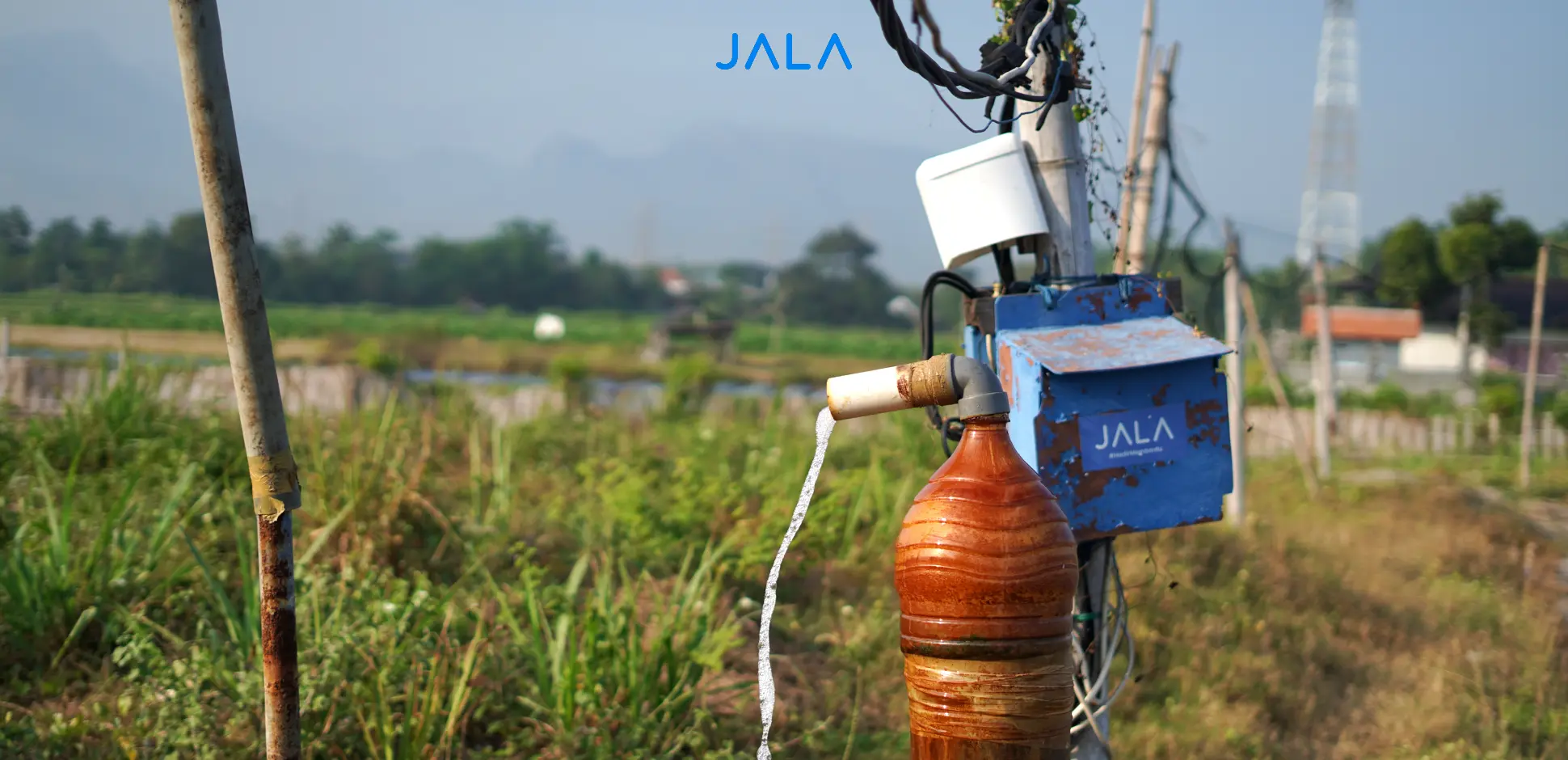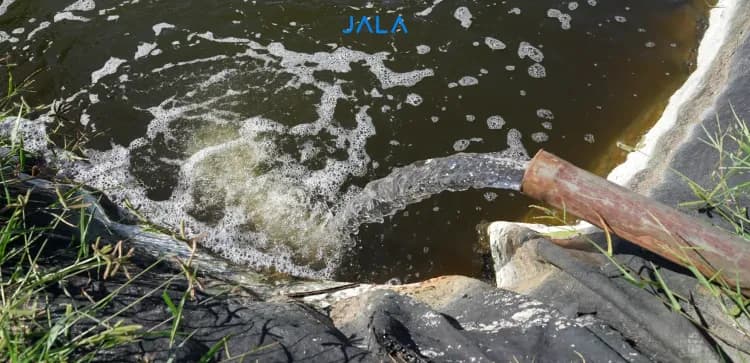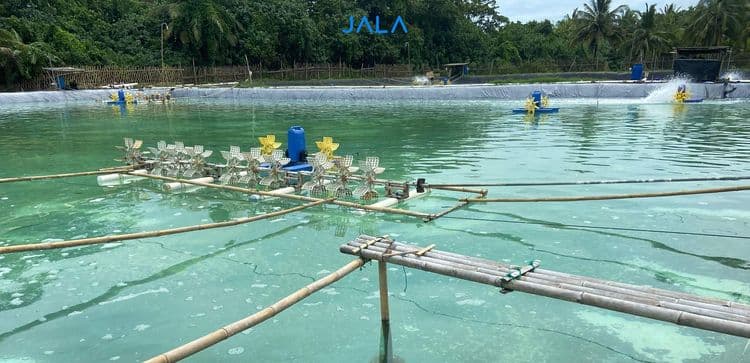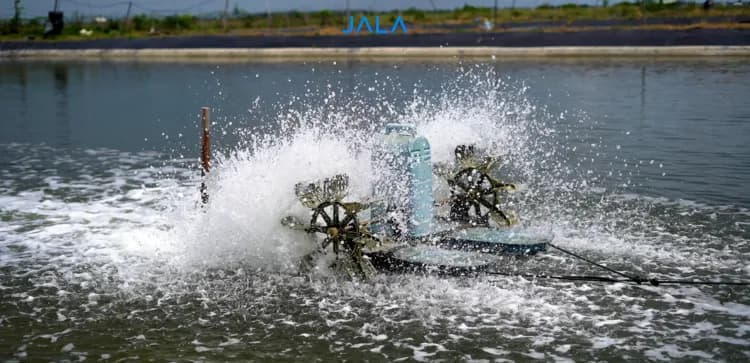
Algae are a type of plankton, and when they grow excessively in shrimp ponds, they can cause various serious problems, such as deteriorating water quality, reduced dissolved oxygen levels, and blocked sunlight penetration. Plankton overgrowth is generally caused by high nutrient content from feed or shrimp feces, poor aeration, high sunlight exposure, and the absence of natural predators or microbial competitors.
These conditions can lead to stress and even mortality in shrimp, making plankton control an essential step for healthy and productive shrimp farming. Let’s discuss why plankton control is a critical part of water quality management in shrimp aquaculture.
Types of Plankton in Shrimp Ponds
Several types of plankton are commonly found in shrimp ponds, each showing different signs depending on pond conditions.
- Diatom (brown algae): Light brown in color, usually appearing in the early stages of culture. Their presence indicates stable and clean pond water with medium to high salinity.
- Green algae: Ranges from dark to light green, indicating sufficient light and nutrients, with high Dissolved Oxygen (DO) during the day. They need to be monitored to avoid uncontrolled blooming.
- Blue-green algae (cyanobacteria): Bluish-green and slimy in texture, indicating water rich in organic waste and nutrients. These can produce toxins and lower water quality, so they require close attention.
- Euglenoid: Greenish-red or brownish-green in color, indicating high organic matter and unstable water conditions.
Signs of Plankton Blooming in Shrimp Ponds
When these signs appear, should not be ignored. Continuous monitoring and early action are necessary to prevent uncontrolled plankton growth:





